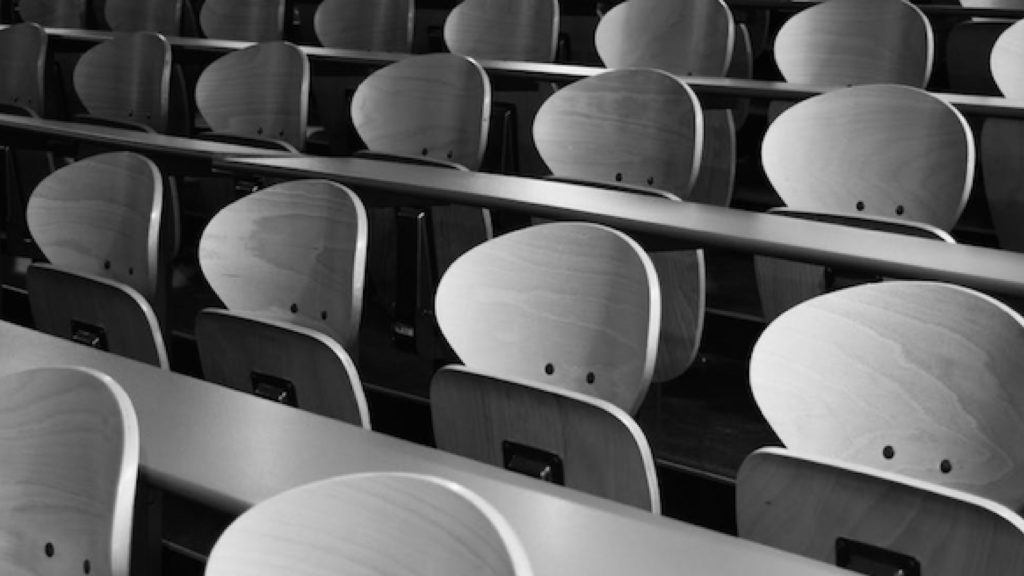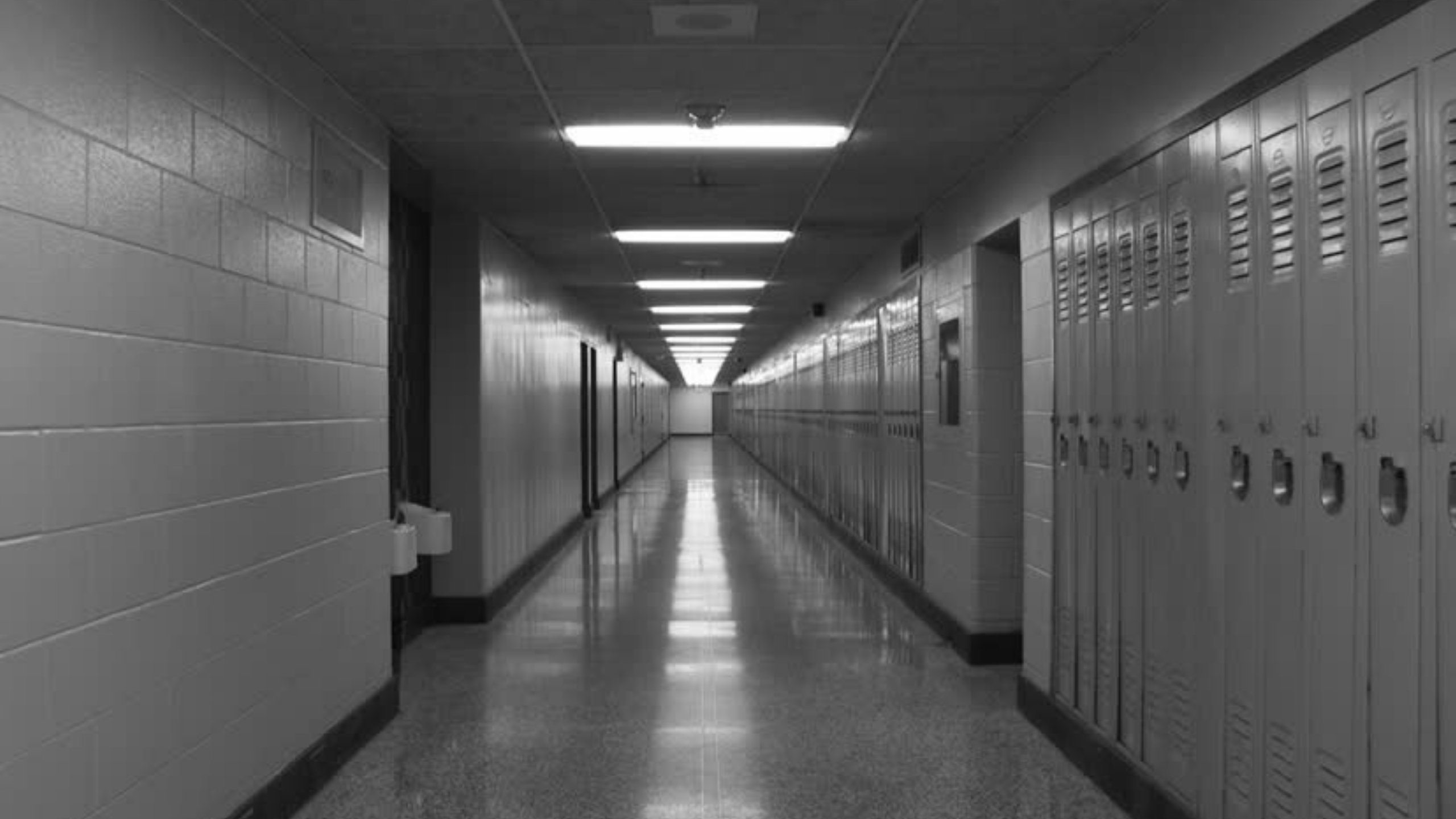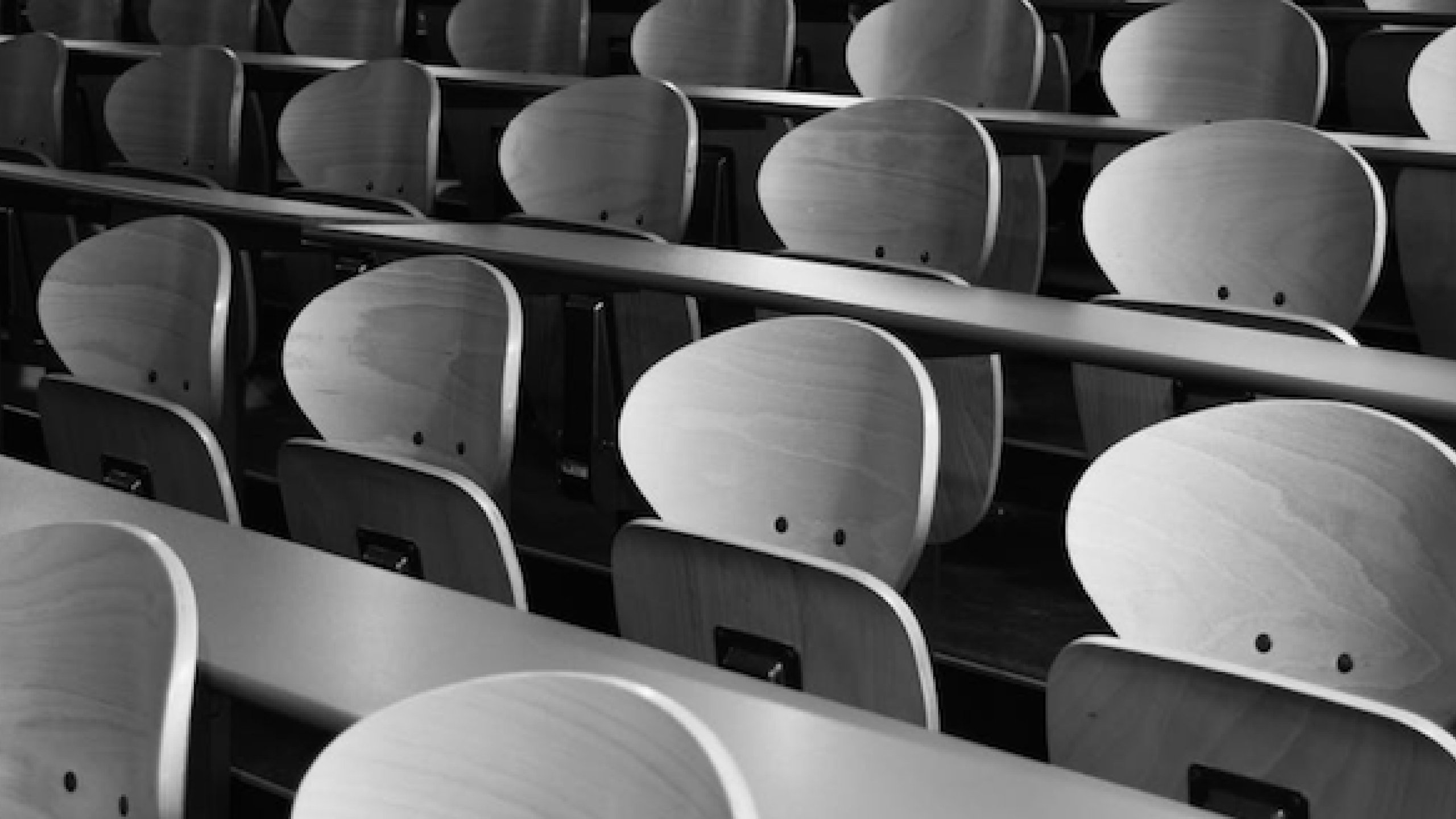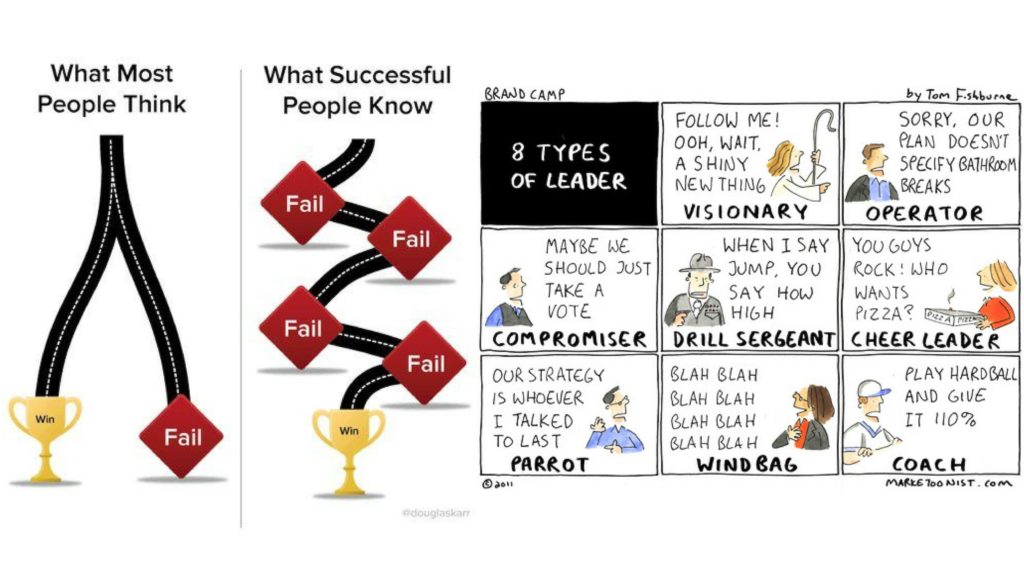Racism, radicalisation and right-wing extremism

The last few months have seen the issues pertaining to a different type of 3Rs thrust front and centre, whether it be the grooming and radicalisation of Shemima Begum or the terror attacks in New Zealand.
One thing we have to remind ourselves is that Shemima, Kediza and Amira were all popular ‘A’-grade students who at 15, weren’t deemed to be “at risk” prior to the leaving for Syria to join Isis. This tells us that as educators we shouldn’t underestimate the power of universal messaging within schools.

The main method I use after any critical incident is to circle up with young people and facilitate dialogue to extrapolate how they feel about current affairs.
Notice how I used the word facilitate because to just chalk and talk isn’t giving them the opportunity to express themselves.
Nor does it allow them to be reflective on how the current affairs – whether local, national or international- affects them as young individuals.
We often speak about how the child’s voice is at the centre of any intervention but I would argue that the method is about two key determinants. The first is to ensure that young adults feel empowered. The second is for us as adults to hear the nuances from a young person’s perspective and find solutions going forward.

The need to consistently build resolve amongst pupils in all areas of risk, especially violence, can be overwhelming for some schools. Yet as the recent debate around knife crime showed rightly or wrongly, more emphasis is being directed towards schools to do more.
I often use the hashtag #powertothepeople in my social media and I mean it! If the last few months have taught us anything, it is that teaching peace is just as important as ever.







Responses